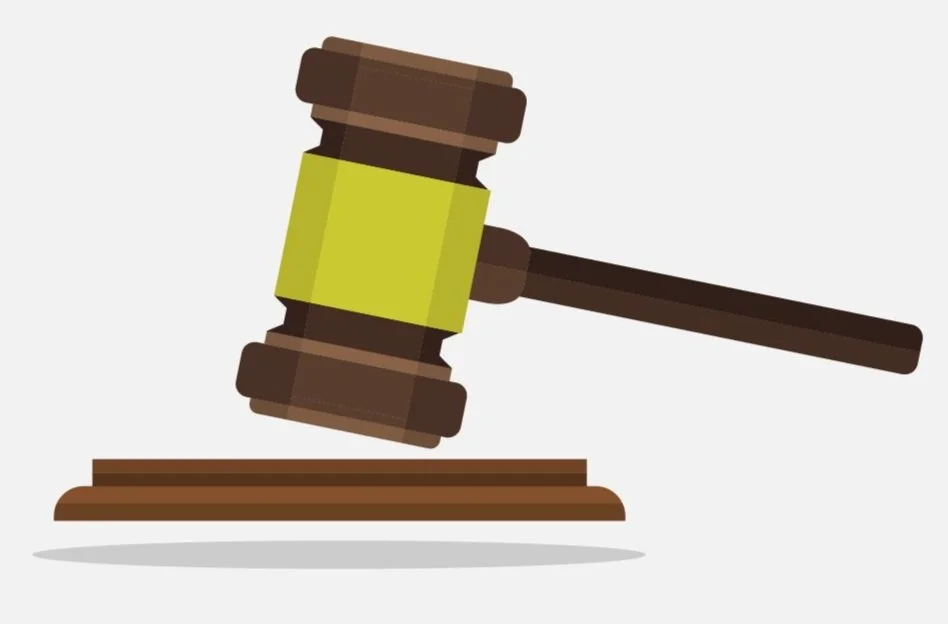Self Care (Yes, You!)
Take a minute to write an introduction that is short, sweet, and to the point. If you sell something, use this space to describe it in detail and tell us why we should make a purchase. Tap into your creativity. You’ve got this.
When You Need More
Take a minute to write an introduction that is short, sweet, and to the point. If you sell something, use this space to describe it in detail and tell us why we should make a purchase. Tap into your creativity. You’ve got this.
Get Your Documents Together
Legal Documents
Court orders (temporary, final, emergency)
Custody and visitation schedules
Restraining orders or protective orders
Court filings (yours and theirs)
Judge’s rulings and minute orders
Mediation summaries or reports
Custody evaluation reports
Guardian ad litem or minor’s counsel reports
Attorney correspondence
Proof of service documents
Transcripts or hearing recordings
Evidence of Abuse or Misconduct
Photos of injuries or property damage
Police reports or incident numbers
CPS/Child Protective Services reports
Statements from witnesses or mandatory reporters
School records or teacher notes about behavior
Screenshots of harassment, threats, or stalking
Financial + Practical Proof
Receipts showing you’ve provided care (school supplies, clothes, groceries)
Child support payments or receipts
Employment records (if job loss or schedule is part of the conflict)
Housing or rent documentation
Mental Health + Medical
Your own health records or evaluations
Children’s health records
Medical records showing injury, trauma, or diagnoses
Any documentation about your health being used against you (e.g., epilepsy, anxiety, PTSD)
Timeline + Notes
Personal journal of events (dates, what happened, who was involved)
Calendar entries showing custody exchanges, missed visits, or incidents
A running timeline document to anchor everything
Protect Your Privacy + Devices
Change All, Yes ALL, Passwords
Change every password to something strong, unique, and private—especially for email, cloud storage, and social media. Avoid reusing old ones, and never share them again.
Remove Shared File Access
Go through your Google Drive, Dropbox, iCloud, and Notes—revoke access to anyone who shouldn’t see your files anymore. Delete shared links, change permissions to “Only Me,” and back up anything sensitive.
‘Find My’ on iPhone
Open your iPhone Settings > Apple ID > Find My > Share My Location—make sure it’s only on for people you trust, or turn it off completely if you’re concerned about tracking.
Open Your Own Accounts
If your ex controlled the finances, phone plan, or utilities, it’s time to open your own. Use your own email, billing address, and phone number—and keep logins private.
Install Trusted Antivirus Software
Protect your computer from spyware or remote access by installing reputable antivirus software (like Malwarebytes, Norton, or Bitdefender). Run regular scans and keep it updated.
Clear Out Google
Go to passwords.google.com and remove any saved logins or autofill data tied to shared devices. While you’re at it, clear browsing history and saved credit card info too.
Two-Factor Authentication
Turn on Two-Factor Authentication for Gmail, Apple ID, banking, and social media—use a secure app like Google Authenticator or Authy for even better protection than text messages.
Regularly Search Yourself
Google your full name, email, username, or any aliases—check for anything suspicious, slanderous, or exposing. Use quotes for exact matches and search in Incognito mode for clean results.
Check for Cameras + GPS
Physically inspect your home, car, and personal items for hidden cameras or GPS devices—especially inside bags, under car seats, and around outlets or vents. If you suspect stalking, trust your gut and sweep thoroughly or get professional help.
Give Neighbors a Heads-Up
Let a neighbor you trust know you’re dealing with a difficult situation. Ask them to watch for unusual activity and not share your whereabouts without your permission.


